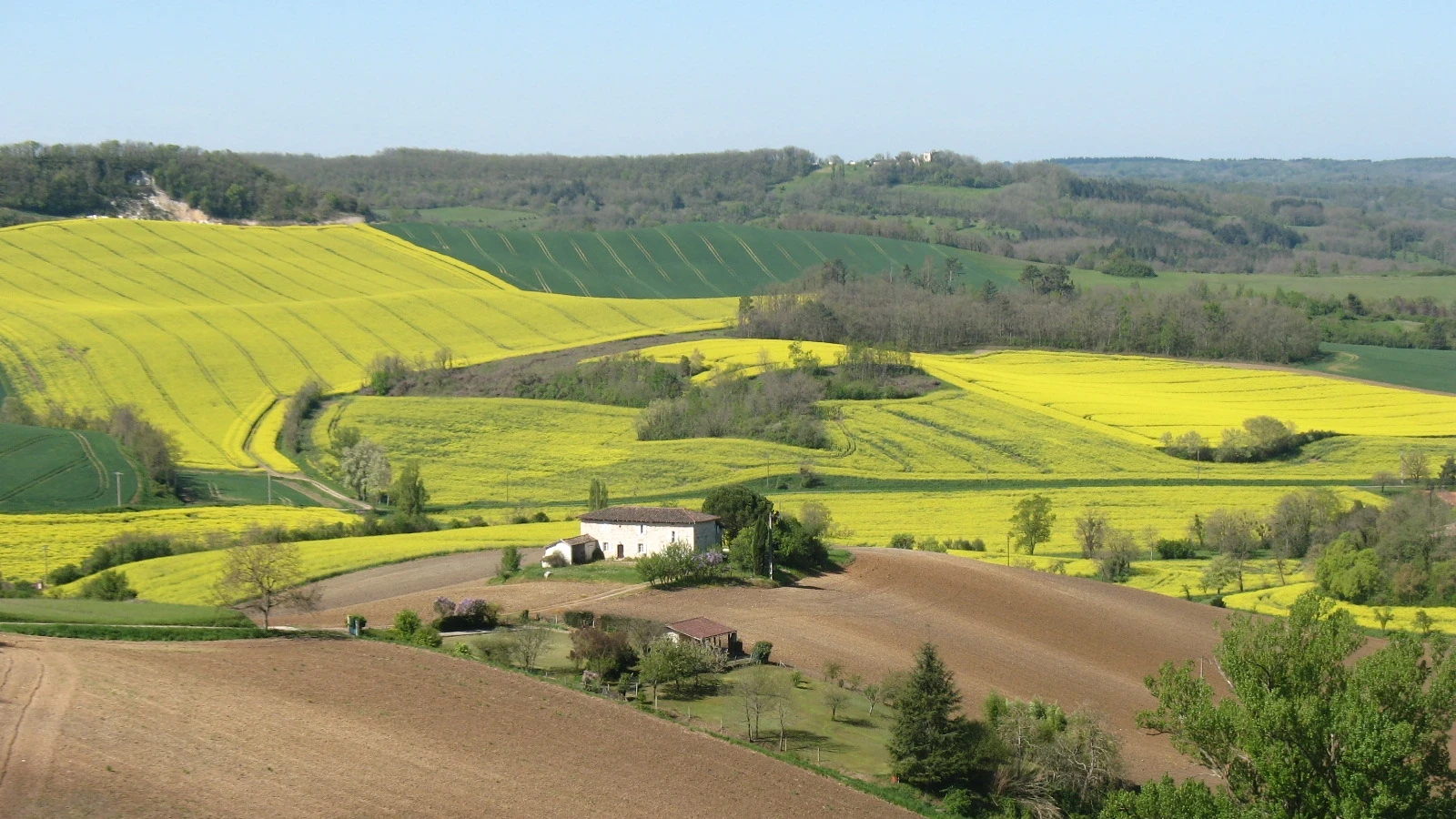
Land monitoring
Land surfaces cover about 30% of the Earth and house a continuously growing global population. This creates an ever-increasing pressure on our environment. In such context, a continuous knowledge of the state and health of land ecosystems is required to support efficient decision-making.
HYGEOS contributes to the European land monitoring initiatives
Thanks to its expertise in radiative transfer, HYGEOS can define accurate methodologies to remove the effects of atmospheric components on the response of land surfaces to solar illumination. This is an essential step prior to the retrieval of the biophysical properties of vegetation and soils from Earth Observation images. For that, HYGEOS uses the robust and generic SMAC-CL code, suitable for systematic processing of multi-sensor long time series at global scale.
For that reason, SMAC_CL is implemented in the operational processing chains of the Copernicus Land Monitoring Service and of the Copernicus Climate Change Service to get top-of-canopy (TOC) reflectances. These latter are the common input of biophysical algorithms retrieving vegetation properties like the leaf area index and the fraction of solar radiation absorbed for photosynthesis, which are indicators of the grow and health of vegetation or the albedo, which is a key parameter of the Earth energy budget and, then, a sensitive indicator of the environmental vulnerability.

HYGEOS support to the operations of the Copernicus Services is the result of many years of research and development. Thus, it started in mid-2000’s with HYGEOS participation in the precursor projects FP6/geoland and FP7/geoland2. Then, it has continued in the 2010’s with the coordination of the FP7/ImagineS project. It now turns into HYGEOS contribution to the Vegetation Parameters project of the ESA Climate Change Initiative and the FDR4VGT project.
More details about recent HYGEOS projects on land monitoring:
- Copernicus Global Land Operations – Vegetation & Energy (CGLOPS-1)
- ESA Climate Change Initiative – Vegetation Parameters (VP CCI+)
- Fundamental Data Record for Vegetation (FDR4VGT)
- Copernicus Climate Change Service – ECV Land Biosphere (C3S Lot5)
- Implementing multi-scale agricultural indicators exploiting Sentinels (FP7/ImagineS)

